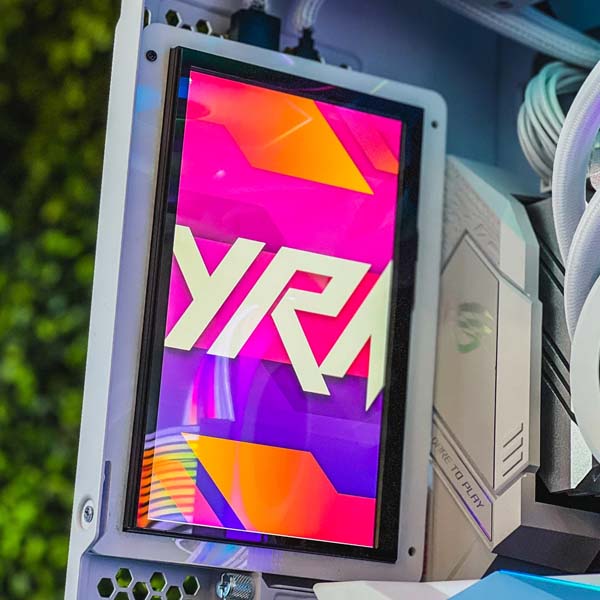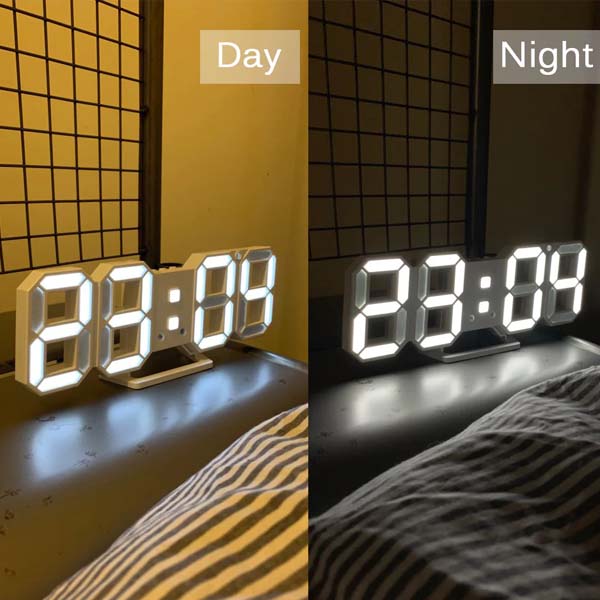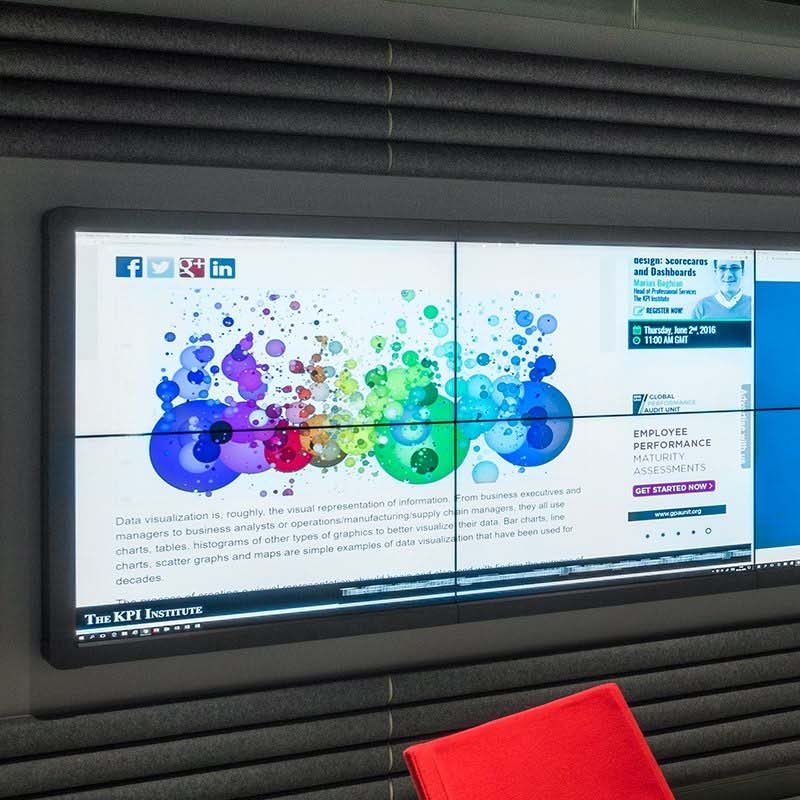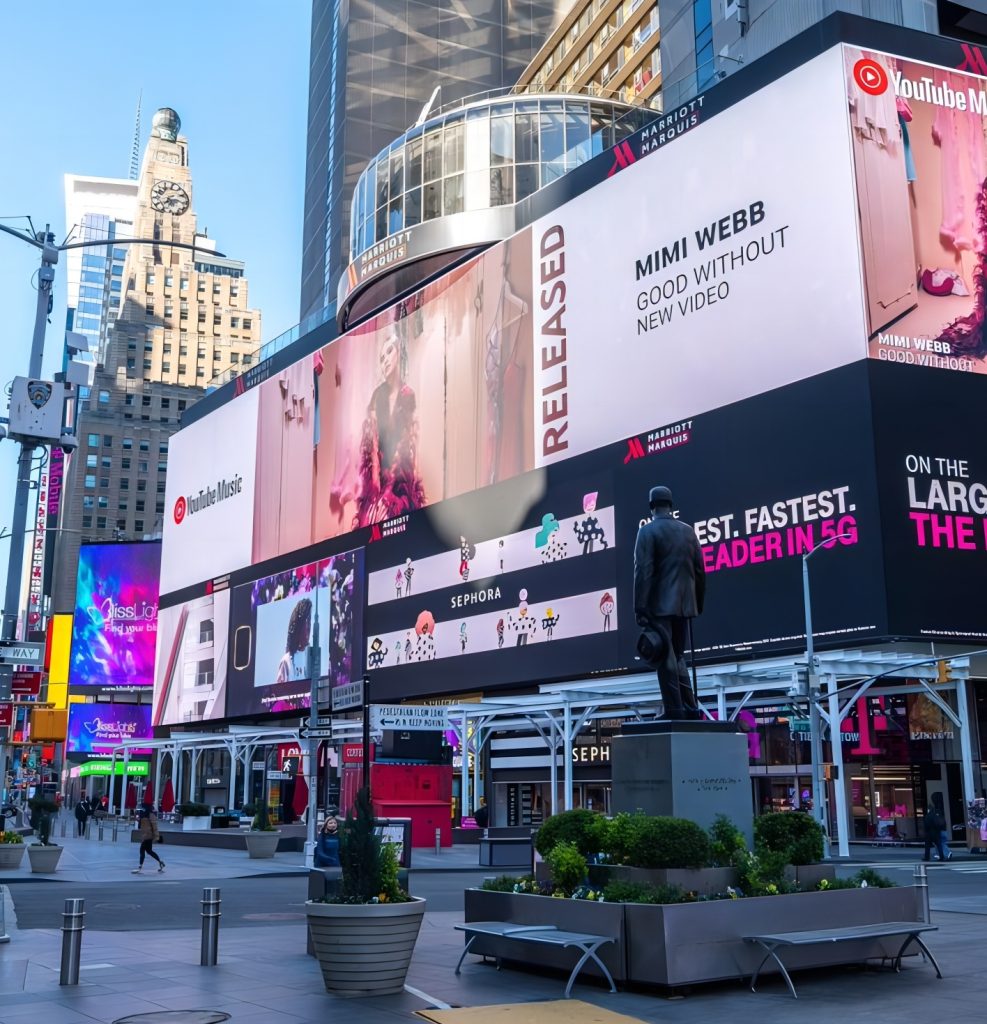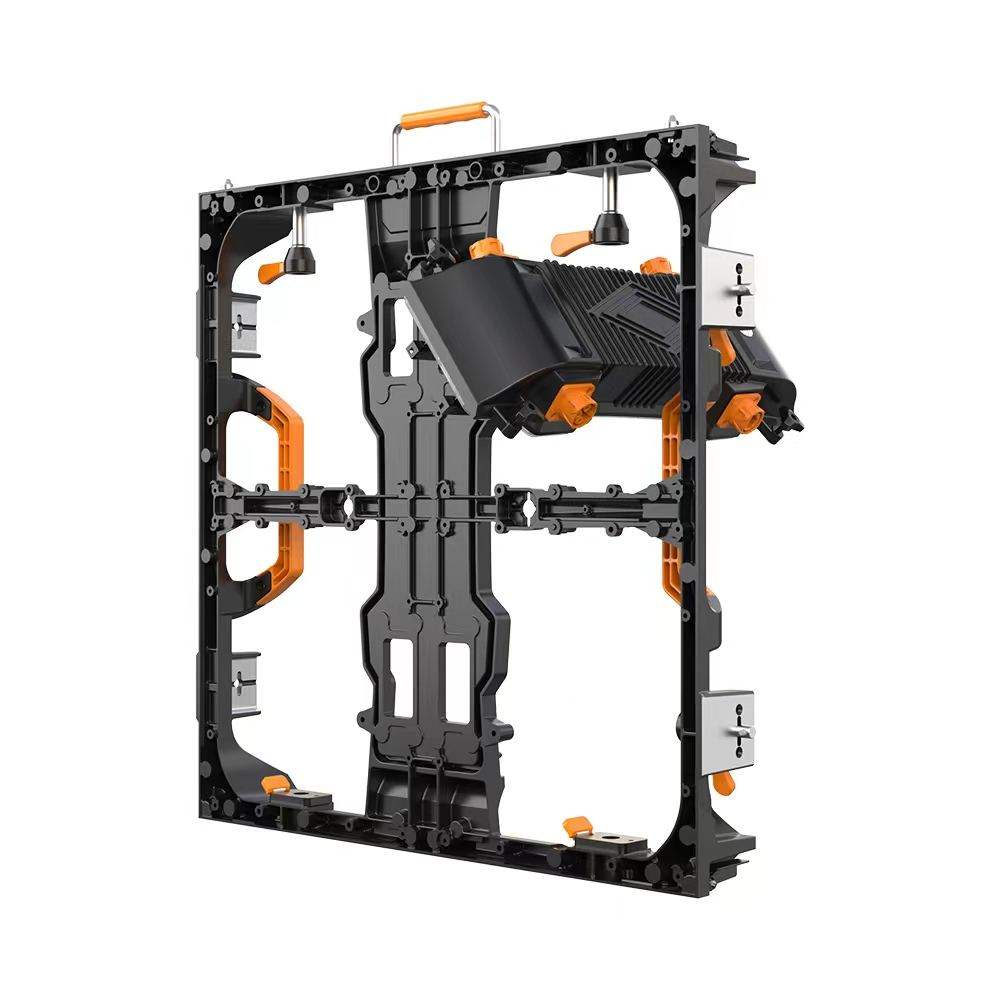In the current era of accelerated digital and intelligent penetration, the indoor transparent LED screen, with its unique transparent display characteristics and flexible scene – adapting capabilities, has become an important choice for the visual upgrade of indoor spaces. It breaks the heavy and enclosed form of traditional displays, perfectly integrating the art of light and shadow with the architectural space, and is widely used in scenarios such as commercial displays, cultural venues, and high – end offices. The following will comprehensively analyze the charm and value of the indoor transparent LED screen from aspects such as technical principles, core advantages, application scenarios, usage points, and purchasing strategies.
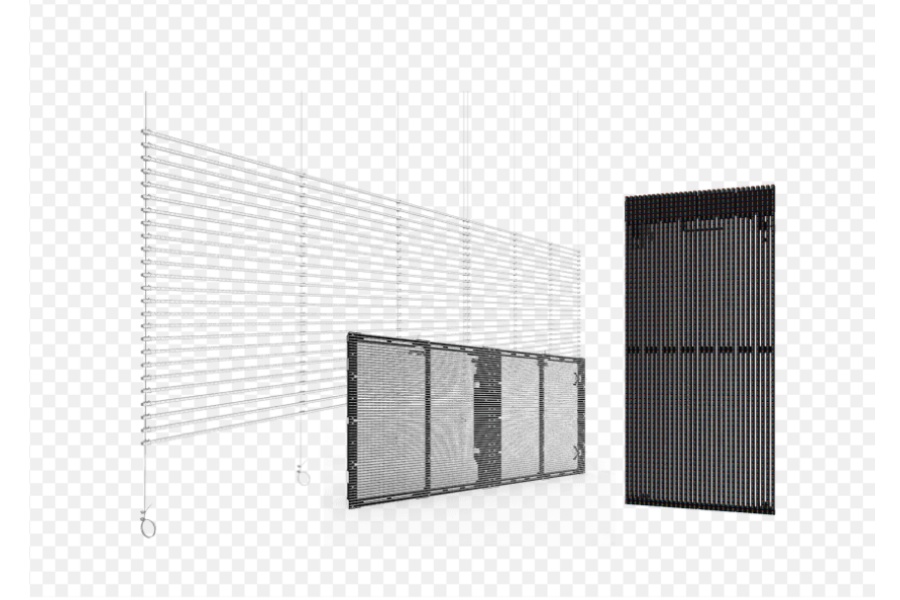
What is an Indoor Transparent LED Screen?
The indoor transparent LED screen is a new – type display device designed specifically for indoor environments. Its core components include a transparent substrate, LED lamp beads, a drive circuit, and a control system. The transparent substrate is made of a special material with high light transmittance, and the light transmittance can reach 40% – 80%, ensuring that the screen does not block the scene behind when displaying content. The LED lamp beads are embedded in the substrate in a hollow or micro – pitch arrangement. Through precise control by the drive circuit, image display is achieved. This screen uses the principle of visual persistence of the human eye, combined with light refraction at a specific angle, to make the image present a visual effect of floating in the air, achieving a naked – eye 3D perception without additional equipment.
Core Advantages of Indoor Transparent LED Screens
Transparent Aesthetics and Spatial Integration
High – Transparency Design: Breaking the physical visual barrier of traditional displays, after installation, it hardly affects the original indoor lighting and spatial transparency. It is suitable for scenarios such as glass curtain walls and storefront windows, making the display image naturally integrate with the environment and enhancing the spatial design sense.
Thin and Invisible: Usually only 10 – 20mm thick, lightweight, and can be directly attached to the surface of glass or walls. After installation, it seems “invisible” and does not damage the overall style of the space.
Immersive Visual Experience
Naked – eye 3D Effect: It can present a three – dimensional and floating picture effect without the need to wear glasses, enhancing the visual impact. It is suitable for scenarios such as advertising and art displays, effectively attracting the attention of the audience.
Wide – angle Viewing: It supports an ultra – wide viewing angle of over 160°. The audience can obtain a clear and undistorted picture from different angles, meeting the needs of multiple people watching simultaneously indoors.
Flexible Content Presentation
Diverse Material Adaptation: It is compatible with various formats of content such as videos, animations, and pictures. The display picture can be edited and switched in real – time through professional software to meet the display needs of different activities or themes.
Interactive Function Expansion: Combined with sensors and touch technology, it realizes human – machine interaction. The audience can interact with the screen content through gestures and touch operations, enhancing the fun and participation of the experience.
Energy – saving, Environment – friendly, and Low – maintenance
Energy – saving and Consumption – reducing: Using low – power LED lamp beads, the energy consumption is reduced by 30% – 50% compared to traditional displays. Long – term use can significantly save operating costs.
Convenient Maintenance: The modular design facilitates the disassembly and replacement of individual lamp beads or unit boards, reducing the maintenance difficulty. It supports remote fault diagnosis and software upgrades, reducing the manual maintenance cost.
Application Scenarios of Indoor Transparent LED Screens
Commercial Retail Spaces
High – end Window Displays: Brand specialty stores use transparent screens to display new product dynamics, virtual model catwalks, or brand stories to attract customers. Luxury stores for jewelry, watches, etc., can enhance the style and attractiveness of products through suspended product displays.
Smart Shelves: In supermarkets and convenience stores, it replaces traditional price tags and billboards, displaying product information and promotional activities in real – time and supporting interactive inquiries by customers, optimizing the shopping experience.
Cultural and Art Venues
Exhibition of Cultural Relics in Venues: Museums and art galleries use transparent screens to holographically restore or 3D deconstruct cultural relics, allowing visitors to more intuitively understand the details and historical backgrounds of cultural relics.
Art Installations: Artists integrate transparent screens into installation art creations, combining light, shadow, and dynamic pictures to create immersive art spaces and enhance the artistic experience of the audience.
Corporate and Office Scenarios
Corporate Exhibition Halls: It is used to display corporate technological achievements, product models, or development history in the form of holographic images, enhancing the technological sense and brand image of the enterprise.
Smart Meeting Rooms: It replaces traditional projection screens, achieving high – definition display and interactive demonstrations of meeting content. It supports functions such as multi – person collaborative annotation and remote screen mirroring, improving meeting efficiency.
Food and Beverage and Entertainment Venues
Restaurant Atmosphere Creation: Transparent screens are installed on restaurant storefront windows or indoor walls to display the dynamic cooking process of dishes, virtual food scenes, or personalized theme pictures, enhancing the dining atmosphere and brand characteristics.
Bars and Nightclubs: Transparent screens are used to create dynamic light and shadow effects, presenting cool pictures in line with the rhythm of music, enhancing the entertainment atmosphere and visual attraction of the venue.
Precautions for Using Indoor Transparent LED Screens
Installation Environment Requirements
Lighting Control: Avoid direct strong light shining on the screen to prevent environmental light from interfering with the display effect. It is recommended to install it in an area with soft indoor light or with light – shading measures.
Temperature and Humidity Management: The operating temperature should be controlled at 0℃ – 40℃, and the relative humidity should be maintained at 10% – 90% (without condensation). High – temperature and high – humidity environments may affect the lifespan of LED lamp beads, so good ventilation and temperature control are required.
Key Points of Daily Maintenance
Regular Cleaning: Gently wipe the surface of the screen with a soft dust – free cloth to remove dust and stains. Avoid using corrosive cleaning agents such as alcohol. If the screen is stained with stubborn dirt, it can be treated with a special cleaning agent according to the instructions.
Circuit Inspection: Regularly check components such as the drive circuit and connecting wires to ensure stable connections without looseness or aging. Timely troubleshoot and repair any abnormalities to prevent circuit failures from affecting the display effect.
Suggestions for Standardized Operation
Professional Training: Operators need to receive training on the use of the equipment, be familiar with the operation process of the control system, content editing methods, and common fault – exclusion techniques to avoid equipment damage caused by incorrect operations.
Correct Power – on and Off: Follow the principle of turning on the control system first and then the display screen, and reversing the order when turning off. Avoid frequent power – on and off to reduce wear and tear on the equipment. It is recommended to equip with a UPS uninterruptible power supply to prevent unexpected power outages.
Key Factors for Selecting Indoor Transparent LED Screens
Display Performance Indicators
Light Transmittance and Brightness: Select the light transmittance according to the application scenario. For window displays, a light transmittance of over 60% is recommended, and for indoor art installations, it can be appropriately reduced. The brightness should reach 1000 – 2500 cd/㎡ to ensure a clear and non – dazzling picture.
Pixel Density: The pixel pitch (P – value) determines the fineness of the picture. For close – range viewing scenarios (such as exhibition halls and storefront windows), it is recommended to choose a high – density screen with P2.5 or less to ensure a delicate and grain – free image.
Hardware and Technical Parameters
Drive Chip: Select high – performance drive chips such as MBI5153 and ICN2038 to ensure that the picture refresh rate is ≥60Hz, avoiding flickering and ghosting phenomena and achieving smooth display.
Protection Level: For indoor use, it is recommended to choose a protection level of IP30 or above, which has dust – proof and splash – proof capabilities. If it is used in a humid environment (such as near a restaurant kitchen), the protection level needs to be increased to IP65 or above.
Software and Service Support
Control System: The supporting software should be easy to operate and have complete functions, supporting functions such as remote control, multi – screen linkage, and content split – screen display to meet diverse display needs.
After – sales Service: Give priority to brands that provide a warranty of more than 3 years, 7×24 – hour response repair service, and free installation, debugging, and technical training to ensure the stable operation and long – term use value of the equipment.
Recommended Suppliers of Indoor Transparent LED Screens
As a leading provider of intelligent display solutions in the industry, KSSDISPLAY has focused on the research and development and production of commercial interactive displays for more than ten years. Relying on its independently developed interactive algorithms, 4K ultra – high – definition display technology, and intelligent management system, it has launched a full range of commercial interactive products, including touch – all – in – one machines, intelligent advertising machines, and AR interactive screens. The products have passed strict ISO 9001 quality certification and 3C certification and have successfully served over 3000 enterprises worldwide, including well – known brands such as Walmart, Huawei, and China Merchants Bank. It provides customized interactive display solutions for industries such as retail, finance, and exhibitions. From demand analysis, solution design to installation and operation and maintenance, KSSDISPLAY provides one – stop full – process services. With excellent product performance and considerate after – sales service, it helps enterprises achieve digital interaction upgrades.

